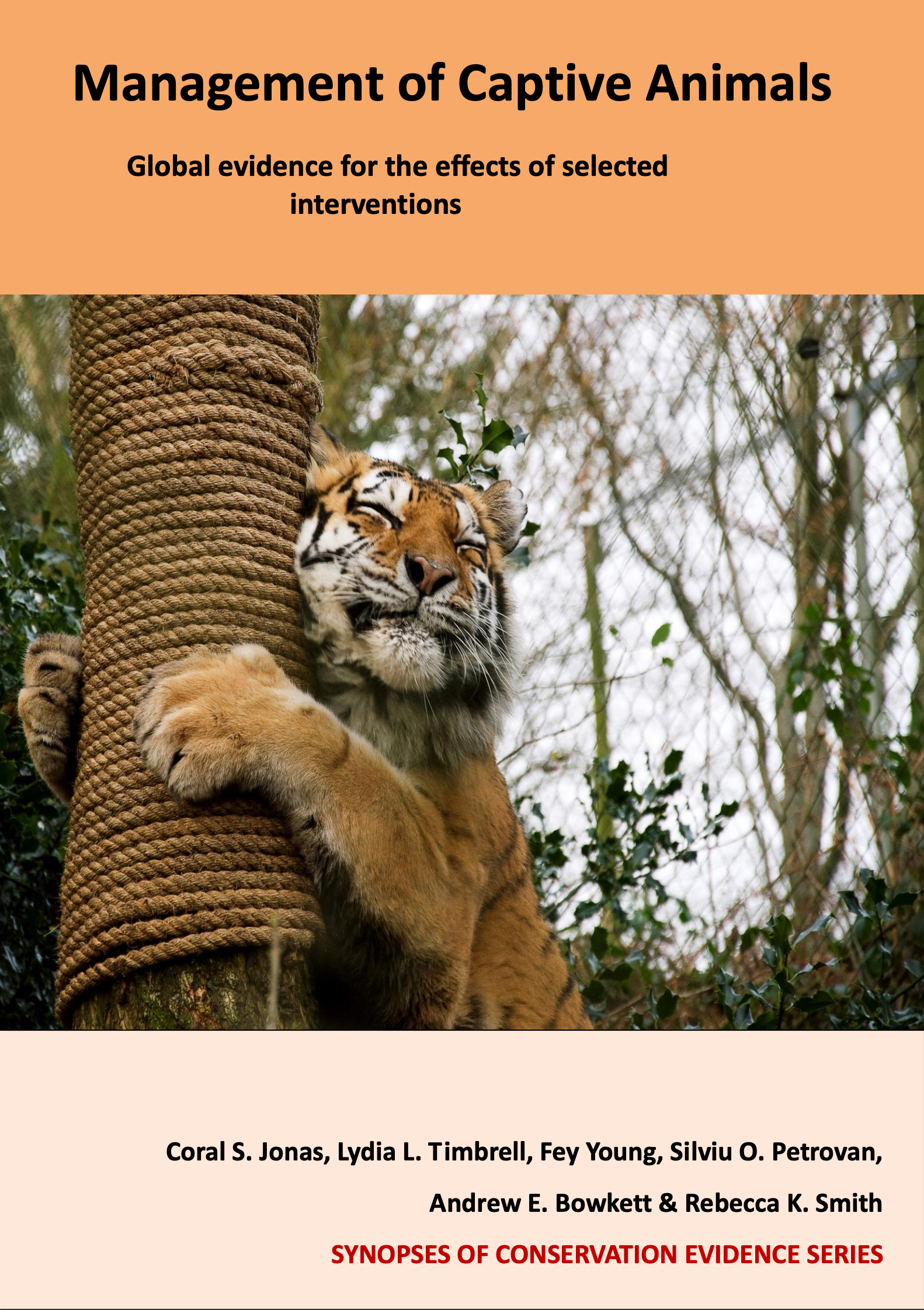Amphibians: Formulate larval diets to improve development or survival to adulthood
-
Overall effectiveness category Unknown effectiveness (limited evidence)
-
Number of studies: 2
View assessment score
Hide assessment score
How is the evidence assessed?
-
Effectiveness
65% -
Certainty
35% -
Harms
0%
Study locations
Supporting evidence from individual studies
A randomized, replicated, controlled study in 1996 in Tennessee, USA found that tadpoles of upland chorus frogs Pseudacris triseriata feriarum had a higher body mass and reached a more advanced developmental stage when fed a control diet (rabbit chow and fish food) or freshwater algae, compared to those fed pine or oak pollen. Tadpoles fed only pine or oak pollen showed similar survival to the end of the experiment to those fed control or algae diets (at least 48 of 50 tadpoles survived per diet). However, tadpoles on the pine and oak pollen diets were unable to undergo metamorphosis. Average body mass was significantly higher at Day 18 and 27 for control diet and freshwater algae compared to pine or oak pollen (data reported as statistical model results). The development stage (Gosner scale) reached at Day 36 also differed: control diet (stage 40), freshwater algae (stage 38), oak pollen (stage 28) and pine pollen (stage 27). The control diet consisted of Purina rabbit chow pellets and flaked fish food (ratio 3:1). Pine and oak pollen are found naturally in the temporary ponds in which upland chorus frogs breed. Ten tadpoles were randomly assigned to each of twenty containers for five replicates of each diet. An additional 12 feeding treatments were carried out to test the effect of presenting the different diets sequentially over four nine-day periods.
Study and other actions testedA randomized, replicated study in 2009-2013 in Portugal found that rearing natterjack toad Epidalea calamita tadpoles on a diet containing 46% protein had higher survival, increase in body weight over time, and body weights at onset of metamorphosis compared to diets containing less protein. Tadpoles fed the highest protein content diet had significantly greater survival (46% protein: 19 of 25; 38% protein: 10 of 25; 32% protein: 15 of 25), increase in body weight (46% protein: 677%; 38% protein: 564%; 32% protein: 461%), and body weight at metamorphosis (46% protein: 0.10g; 38% protein: 0.09g; 32% protein: 0.09g). Tadpoles on the high protein diet also had significantly longer bodies and shorter tail fins (mean values not reported). Metamorphs on the high protein diet had significantly longer bodies, wider heads and wider hind legs (mean values not reported). However, there was no significant difference in tadpole total length (mean values not reported) or metamorph body weight (46% protein: 0.08g; 38% protein: 0.07g; 32% protein: 0.07g). Individually housed tadpoles were randomly allocated to three groups of 25 each and fed commercial diets with 46%, 38% or 32% protein content. A randomized block design was used with one replicate of each dietary treatment within every block.
Study and other actions tested
Where has this evidence come from?
List of journals searched by synopsis
All the journals searched for all synopses
This Action forms part of the Action Synopsis:
Management of Captive Animals
Management of Captive Animals - Published 2018
Captive Animal Synopsis





)_2023.JPG)














